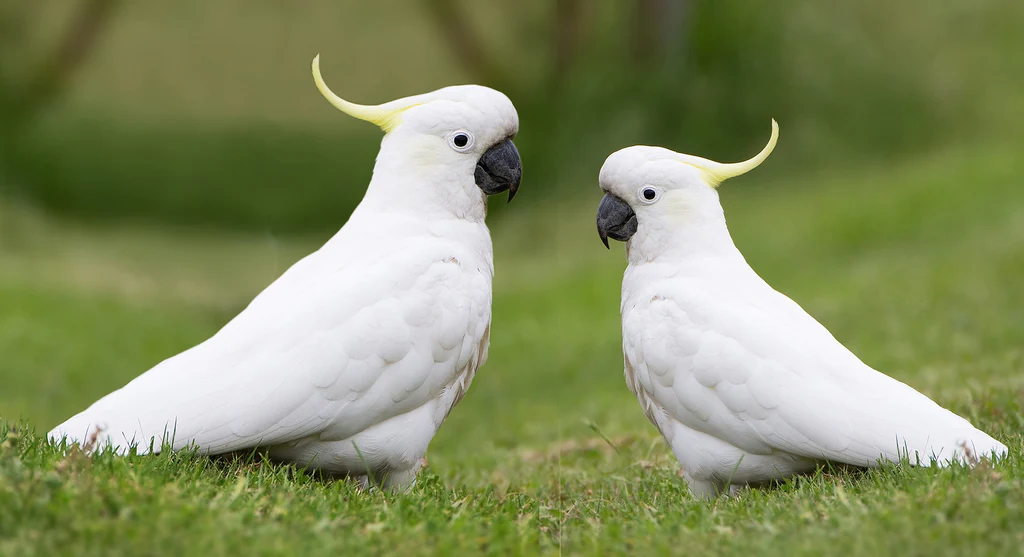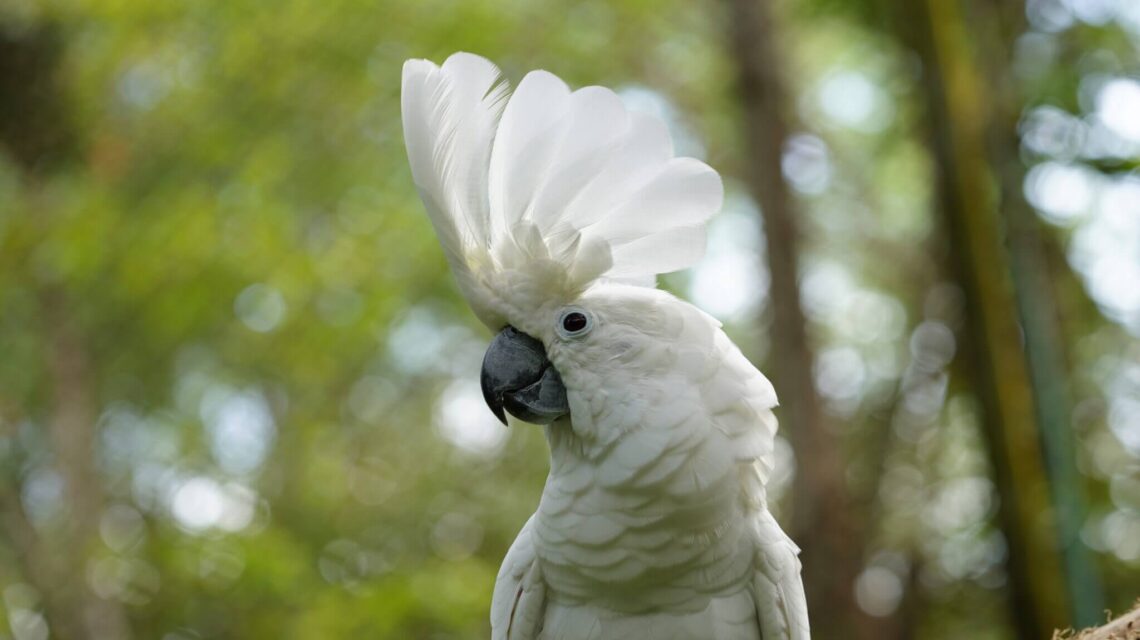Table of Contents
Introduction to the White Coza Animal
The untouched forests and remote mountains are home to the remarkable White Coza Animal which wildlife enthusiasts and researchers focus on. The Animal, as other species are, is covered in mystery until recently, revealing a world filled with wonder. The striking appearance along with the unique behaviors of White Coza make it captivating and at the same time a perfect specimen for studying the biodiversity and conservation of the species. So what set this rare animal apart from the rest? Join me on this exploration.
History of the White Coza Animal

The past of the White Coza Animal remains a mystery. For centuries, indigenous cultures spoke of a rare creature often attributing myths and folklore to its existence. No one has confirmed its existence but these tales dated array of regions suggest there were possible sightings across remote regions. The scientific community was most active towards the end of the 20th century after researchers began documenting unusual sightings as a sighting of interest.
The flora and fauna of the area tribe shed light on the matter by proverbially bringing forth treasure as local tribes offered priceless information highlighting the animal’s elusive nature. In the last few years, technological advancements enhanced tracking enabled scientists to gather more data tracked data they previously couldn’t acquire. This marked an understanding of its focus habits and nuances.
The sheer amount of discoveries made has sparked immense efforts from conservationists and stimulated the attention of ecologists across the globe. Nevertheless, regardless of the focus being directed onto the topic, most of the white coza remains unknown. The captivating narrative of the cosy expands further as new research continues in stunning stride at rescuing us uncovering the unknown secrets the extraordinary species hold into.
Physical Characteristics and Behavior
The remarkable creature known as the White Coza Animal is truly striking. The Commiphora gileadensis is white Coza’s scientific name. Prominent features are the animal’s large indicative eyes which enable them to see even in darkness. In terms of social life, Coza migrates in herds led by an alpha female and can be heard making low sounds which serve as a form of communication.
They coordinate their movements with one another and in cases where there is no sound, optic signals are used. Basics of their diet are formed with grasses and shrubs located in the mountainous area. The White Coza exhibits browsing and grazing activities depending on which food resources are available during specific times of the year.
Habitat and Distribution
The Irncoza can survive in diverse ecosystems. However, it is located specifically in remote mountainous areas with dense forests and rough terrains offering shelter and resources. Irncoza prefers cool to moderate climates where the temperature is damp and refreshing enough for the Coza fur to be retained and remain unaltered. These characteristics offer protection to the Cozas from predators. Irncoza is confined by its geographic range meaning its distribution is unreliable.
The White Coza Animal is mostly located in specific isolated valleys which are noted for their abundant diversity. These valleys though lack biodiversity alongside losing nature in living spaces. These locations are very important to these conservationalists because so far they are tracking the animals’ movement. These regions in particular are bound to provide sufficient protection to support the existence of the Irncoza while prolonging preservation alongside advancement in nature.
Threats to the Species White Coza Animal
The White Coza Animal is faced with numerous threats that place it on the verge of extinction. The loss of habitat remains the most severe concern. Due to industrial infrastructure, their natural homes are being logged, transforming rich forests into agricultural areas, urban areas and logging centers. The risk of poaching presents another critical issue; a rare breed of wildlife can fuel illegal hunting expeditions. These activities shrink the population numbers and disturb the ecological equilibrium at the same time. The phenomenon of climate change also serves as a complicating factor.
Changes to the climate impact the availability of food and the places available for breeding, so living in those environments becomes difficult for the White Coza. Human-wildlife conflict is yet another variable that remains unexamined. As their natural homes are transformed into regions occupied by humans, there are bound to be violent confrontations with the indigenous population which turns out to be destructive for both species. All of these contribute to the alarming predicament that this animal faces.
Conservation Efforts
Conservation efforts involving the White Coza Animal have increased in recent years, in parallel to concern regarding its scarcity. Wildlife groups partner with local populations to actively foster development to sustainably conserve this species and its ecosystem.
Research activities emphasize studying their behaviour and dynamics within the population. The collected data aids in the development of effective conservation programs which are designed specifically for the White Coza Animal. Also, educational activities are very vital. These lectures capture the significance of biodiversity and start the change of attitude needed to support in the protection of these animals and other endangered species.
Restoration of habitats is another significant contribution. Active efforts are directed toward restoring areas that were once populated by the White Coza in order to provide suitable living and breeding grounds. There is funding from other sources for these programs which demonstrates international concern for sustaining the species for future generations. However, involving local stakeholders is crucial for the success of conservation efforts targeted towards the animal.
The Importance of Protecting Endangered Species White Coza Animal
Preserving the White Coza Animal is very important in protecting our biodiversity. The White Coza is valuable in suggesting the environmental condition of a certain area. Its existence means that any ecosystem which harbours a variety of flora and fauna is intact and offers a variety of life-sustaining components. This endangered specie supports the conservation of the genetic variation within populations. Ecosystems become more healthy and resilient to diseases and changing environmental factors by having more genetic diversity.
In addition, protection of such species as the White Coza enables the public to be more active socially. When the public values the unique attributes of animals, they become active in conservation campaigns. Such species should be preserved so that the coming generations can enjoy and understand their importance. This aspect of nature enhances human life and, at the same time, makes us aware of our duty to the other organisms living on earth.
Conclusion
The White Coza Animal is not just a pricy treasure. Also, it is a delicate harmony of our ecosystem, showcasing the significance of biodiversity. Understanding deep into this astounding species, it is evident that every creature plays an important part in nature to maintain harmony. These unique behaviors alongside its set attributes are astonishing. However, it also accentuates the need to redirect resources towards conservation.
The coarse conditions under which the White Coza Animal survives blares the impact human action has on wildlife and their natural habitats. Protection of endangered species is not an option but has become a requirement if our planet’s health is to be sustained. The hope of survival increases alongside the awareness raised for this astonishing animal. Conservation efforts strive to ensure their existence which in turn educates people about these animals.
Supporting these causes is also a chance to help save White Coza Animal and innumerable other species that are endangered. Passionate support for these animals is capable of making a drastic change, advocating for the White Coze for example can light a fire in all of us. Bringing creatures where they naturally thrive is the goal and together we can change the astounding ways ecosystems operate around the earth for the better.
